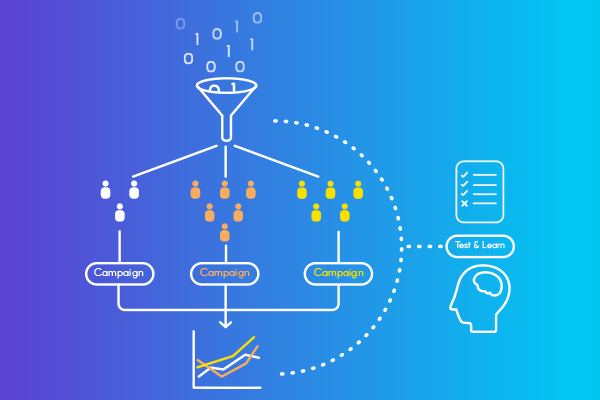Identifying imminent marketing opportunities based on events or changes in customer data is one of the most effective and efficient methodologies for data-driven marketing. Better still it’s customer-centric.
Typically, triggers include events such as a major purchase, new job, change of address, or other personal or family changes. Complaints, enquiries or other customer feedback are also potential triggers.
Opportunities online include click throughs, items browsed, time in specific sections, abandoned shopping carts, and so on. Global fashion brand, BCBGMaxAzria, uses emails triggered by customer behaviour on their website: achieving a reported 525% lift in CTR and a 220% increase in opens, compared to the brand’s non-triggered emails. When customers click through, they transition to a custom landing page that looks like the BCBG site but is populated with products that suit them personally.
Recent reports of U.S. research by Epsilon indicate further compelling statistics for trigger based emails, with:
▪ Open rates as high as 49%, i.e. 95% higher than mass email send out rates
▪ Average click-through rate more than double the rate of mass email send outs, and
▪ The world’s best “converting” websites, based on conversions as high as 40%, were also found to be users of trigger based email marketing.
According to Forrester Research, trigger based email marketing campaigns can generate 4x more revenue and 18x greater profits. Yet other research indicates only about one third of businesses use trigger based emails. So there is still plenty of scope to get ahead of your competitors.
Whichever channel or delivery mechanism is used – email, SMS, online or direct mail – automated trigger and event based marketing driven by propensity modelling, is a sure way to simplify time-sensitive marketing. Additionally EBM gives you advantages such as…
▪ A justifiable reason to contact the customer
▪ Sensitivity to each customer’s position in their lifecycle
▪ Higher response rates and conversion at lower cost – customers are offered something they want, when they want it
▪ Enhanced customer experience and improved retention – primarily due to the relevance and timeliness of the contact, resulting in higher customer satisfaction and improved retention rates
▪ Scientific vs “gut” decisions. Detecting complex patterns of events and behaviours is far more powerful than attempting isolated intervention with manual response.
▪ Processes are scalable and repeatable
▪ Automation frees resources that can be redeployed on more productive tasks, such as a stronger focus on strategic issues
▪ Development time for all campaigns is reduced
▪ Online campaigns can be implemented on the fly or via multichannel fulfilment platforms, enabling digital or print distribution on demand. The latter also avoids holding outdated print materials and saves inventory costs
▪ EBM provides increased efficiencies and improved ROI
If you’d like to see a short case study showing how Propensity Modelling and EBM delivered a 3146% boost to ROI – check out our Infographic now.

To download high-resolution infographics, visit our Infographics page.



